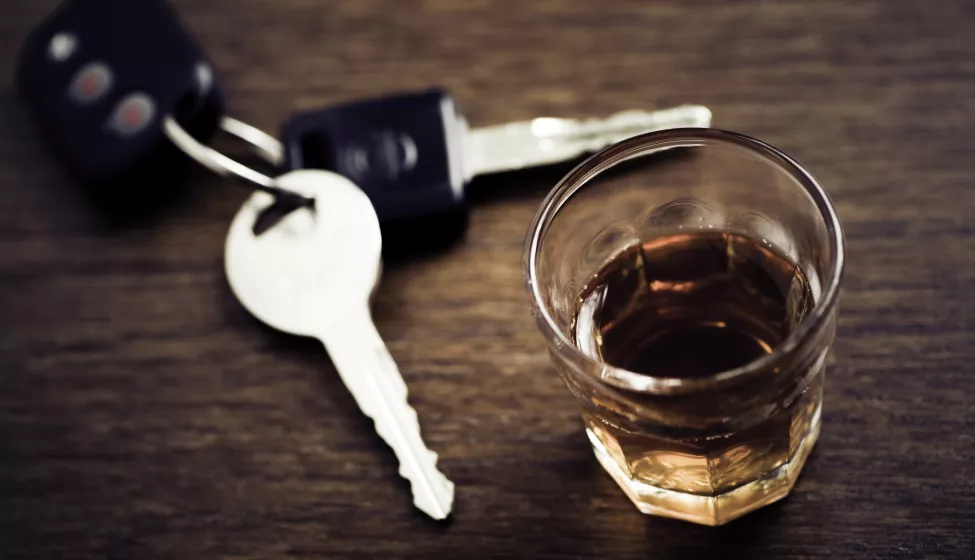January 4, 2024
Regulators move toward developing performance requirements for a Federal Motor Vehicle Safety Standard on impaired-driving prevention technology
On Dec. 12, the National Highway Traffic Safety Administration took a significant first step toward requiring new passenger cars to come equipped with a sensor system that can accurately detect whether a potential driver is drunk or impaired.
NHTSA published an advance notice of proposed rulemaking (ANPRM) in the Federal Register — a move that initiates the process for assembling public and industry feedback on how a passive sensor technology for detecting drunk and impaired driving could be effectively developed and accurately implemented in new vehicles. Comments must be submitted to the agency by Feb. 10, 2024, using docket #NHTSA-2022-0079.
NHTSA proposal addresses multiple driving impairment states
While the ANPRM is focused primarily on alcohol-impaired driving, the agency's advance notice also covers two additional impairment states: drowsy driving and distracted driving.
"NHTSA chose these states for two reasons. First, the size of the safety problem — in particular that of distracted driving — is immense," stated the agency. "Second, certain sensor technologies that have the potential to detect or assist in detecting alcohol impairment and are or can be incorporated into driver monitoring systems (DMS) may also have the potential to detect drowsy and distracted driving."
Examining implementation options for driver monitoring systems
To support the agency's push for public feedback on this developing standard, NHTSA included a summary of research into impaired driving prevention technology in the ANPRM. The new document details three regulatory options for how NHTSA may put the technology to use in new cars:
- Blood alcohol content detection
- Impairment-detection (driver monitoring)
- A combination of the two
In an interview, acting NHTSA Administrator Ann Carlson said nearly 1 billion separate driving trips take place in the U.S. every day, explaining, "We are trying to see, can we get it done, does the technology exist in a way that is going to work every time. If it's 99.9% accurate, you could have a million false positives." As a result, one of the keys to customer acceptance with mandatory regulation will be enabling the best integration into the vehicle to manage false positives as well as communicating system status and what customers need to do to interact with the new technology.
Developing systems for detecting impaired driving
Among private industries, the technologies for detecting drunk and impaired driving have been under development for over a decade. NHTSA's report details existing passive detection systems now under development such as a tissue-based detection device that uses a near-infrared light scanner to sense alcohol through the driver's skin. Other driver monitoring systems engage car cameras to monitor driver attention while vehicle sensors monitor lane position and steering wheel torque to assess driver engagement and safe driving performance. NHTSA is interested in how DMS can be leveraged to combat distracted and drowsy driving.
The origins of NHTSA's advance notice lie in the 2021 Infrastructure Bill, which included a measure requiring NHTSA to determine the best technology to prevent drunk or impaired users from driving a car and to further study distraction prevention technologies. The measure also requires NHTSA to issue a final ruling by November 2024.
What Can We Help You Solve?
In 2023, NHTSA turned to Exponent to help develop test procedures, protocols, and criteria for the assessment of DMS to identify drowsy drivers. As NHTSA continues pushing for impaired driver detection, Exponent can leverage our unique capabilities to study ways to best integrate these new technologies, understand how they interface with the driver, and study driver response to different implementations.
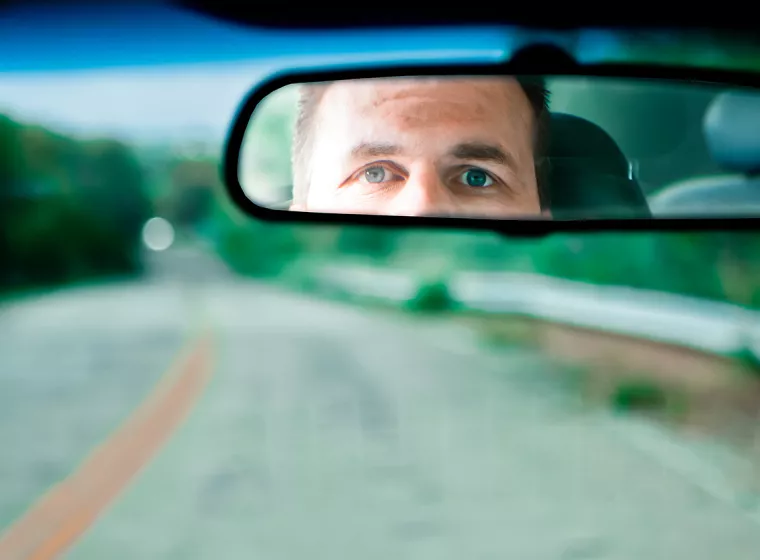
Can Eye-Tracking Data Support Driver Safety?
How Exponent captured real-world driver behavior patterns to create a data repository for use by the transportation industry to create safer vehicle technologie...
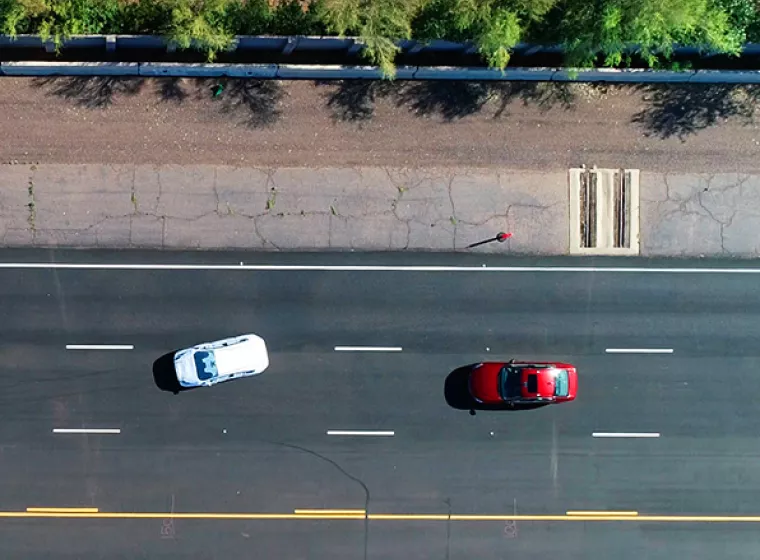
Can Reproducible Testing Support the Future of ADAS?
To help inform the coming decades of standards and proliferation of vehicle technologies, Exponent provides fast, reproducible testing for ADAS-equipped vehicle...
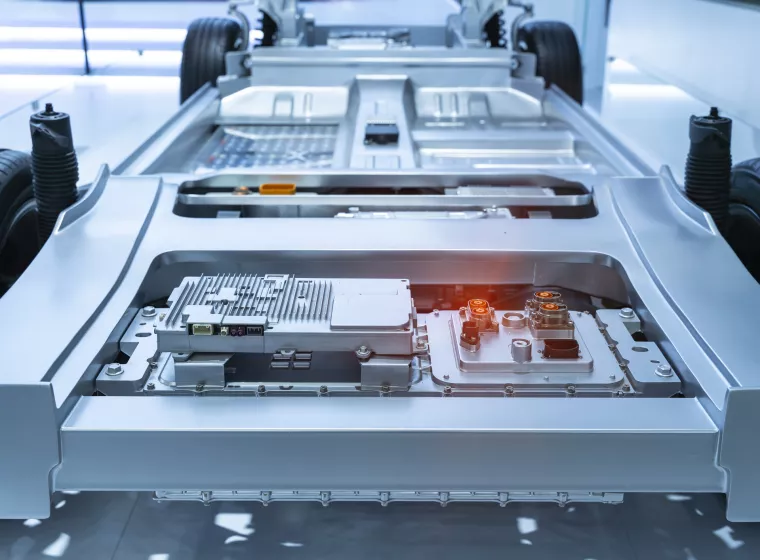
Vehicle Engineering
Rigorous research on the safety and performance of all types of transport and cutting-edge technologies.
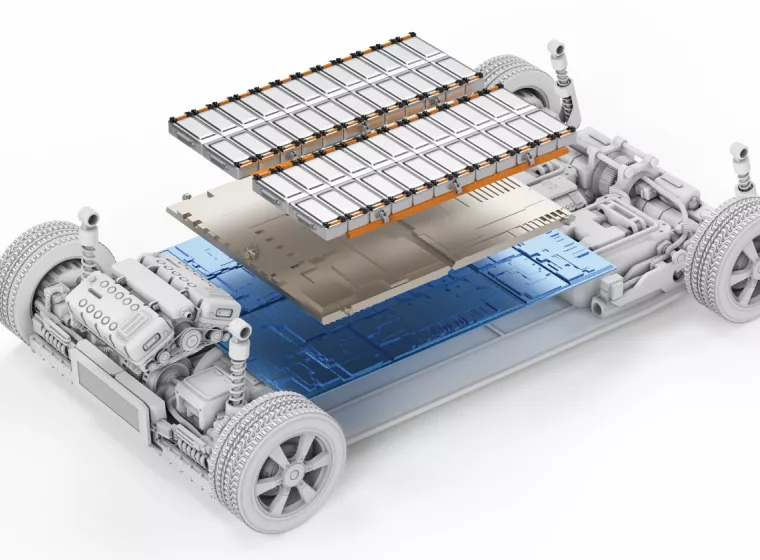
Emerging Vehicle Technology Development
Balance safety and performance while advancing innovative transportation technologies.
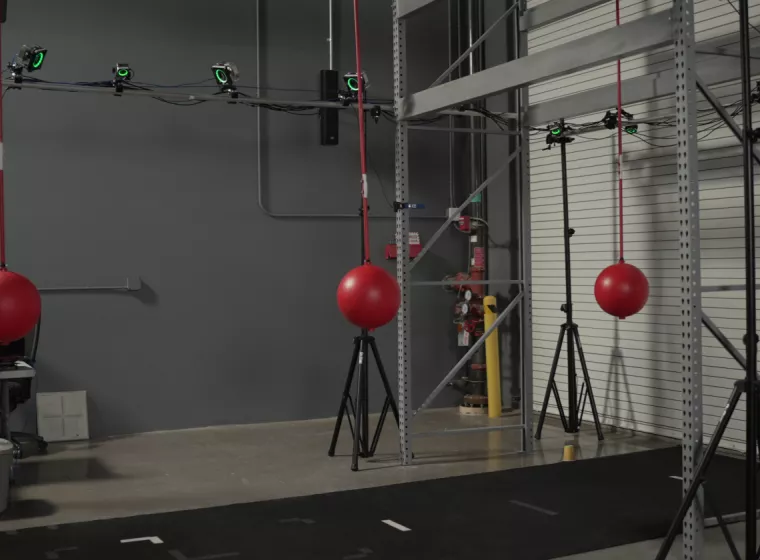
Cutting-Edge User Research Testing & Evaluations
Pioneering scientific user experience research across the full lifecycle of consumer, industrial, automotive, and medical device products.
